Menu
Trees are valuable entities in our ecosystems, providing habitats for wildlife, absorbing carbon dioxide, and improving the planet’s overall health. However, there are instances when tree removal is the best option to protect your yard from diseases, safety concerns, and other factors. At the Driscoll Tree Service, we leverage extensive knowledge and expertise to assess the severity of damage and determine if removal is necessary. Let’s look at a comprehensive guide to eco-friendly removal techniques.
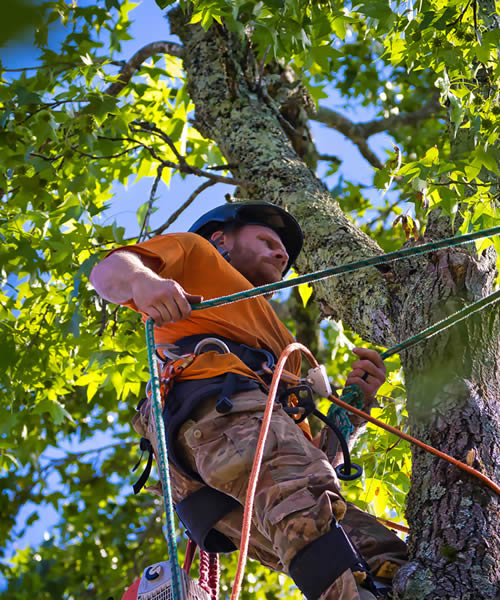
Before embarking on a tree removal project, assessing whether this is the only viable option is advisable. As mentioned, trees are vital in our ecosystem, providing shade, reducing energy costs, supporting wildlife, and enhancing curb appeal. It is advisable to consult a trusted tree care company to determine if alternatives such as pruning, treating diseases, or supporting the tree with cables are viable. In case of severe damage, professionals leverage innovative equipment to ensure a safe and efficient removal.
Proper planning is critical for minimizing the environmental effects of tree removal. Onboard a tree service professional to get the necessary permits and ensure compliance with local regulations. If you don’t have the expertise to handle such invasive projects, let the experts handle the heavy lifting. We consider the tree’s size, location, and nearby structures or utility lines for safe and effective tree removal.

Eco-friendly tree removal involves using techniques that minimize harm to the surrounding environment. One such technique is directional felling, which involves cutting the tree to fall in a specific direction, reducing damage to nearby plants and structures. In addition, arborists can use hand tools or electric chainsaws instead of gasoline-powered ones, reducing the carbon footprint of the removal process.
When you remove a tree in your yard, please dispose of the debris responsibly instead of dumping it in a landfill. Inquire from your tree care company if they offer recycling or repurposing services. Wood can be processed into lumber, used for furniture, or chipped into mulch to nourish other plants. Leaves and smaller branches can be composted, returning valuable nutrients to the soil. This proactive approach to managing tree debris contributes to a circular economy and reduces environmental waste.
After removing a tree, arborists can suggest planting new trees to mitigate environmental effects. Choose native species suited to the local climate and soil conditions, as they are more likely to thrive and support local wildlife. Also, planting new trees replaces the lost canopy and continues to provide environmental benefits such as carbon absorption and improved air quality. This restorative approach ensures that the overall health and biodiversity of the area are maintained or even enhanced.
Eco-friendly tree removal is a critical component of responsible arboriculture. By assessing the necessity of removal, planning meticulously, employing sustainable techniques, managing debris responsibly, and planting new trees, the experts at the Driscoll Tree Service can ensure minimal environmental damage. As a trusted tree service provider, we leverage this holistic approach to enhance sustainability without compromising curb appeal and overall property value.

How to Find a Reliable Tree Service Company Trees are incredible ornaments that beautify the landscape and increase the value of properties. They can also provide fruits and much-needed shade as well as protection from high winds. Unhealthy and disheveled…
Read More
What is Tree Cabling? Trees are vital to our environment, providing shade, beauty, and ecological benefits. However, sometimes trees develop structural weaknesses that cause dangerous situations or loss premature tree removal emergencies. With that in mind, tree cabling allows property…
Read More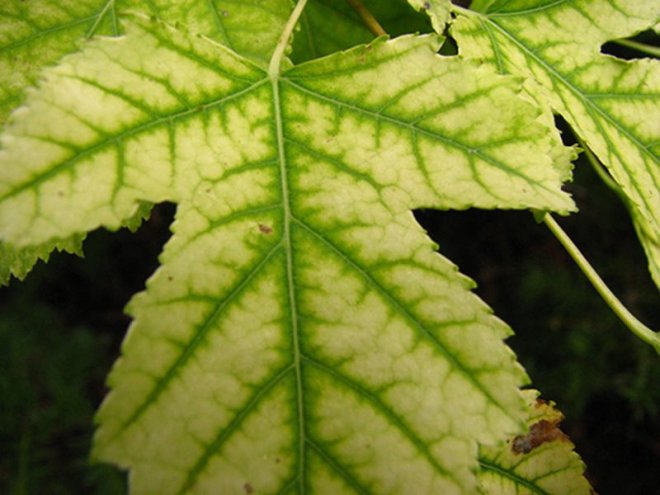
Iron Chlorosis in Trees Trees play a crucial role in the ecosystem, from purifying the air to improving curb appeal. However, many signs of tree damage go undetected, hence the need to schedule regular maintenance checks with a reputable tree…
Read More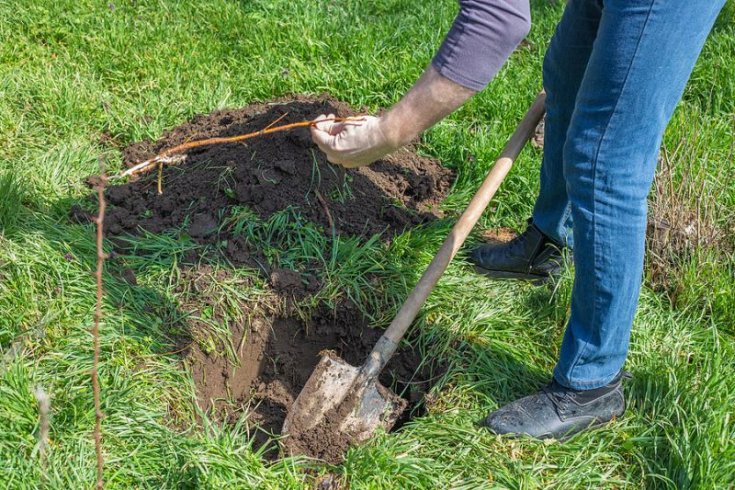
How to Care for Newly Planted Trees Trees are beautiful ornaments for any property, but they are more than decoration. They purify our air, offer us shade, and even provide fruit. Trees grow naturally out of the ground, but if…
Read More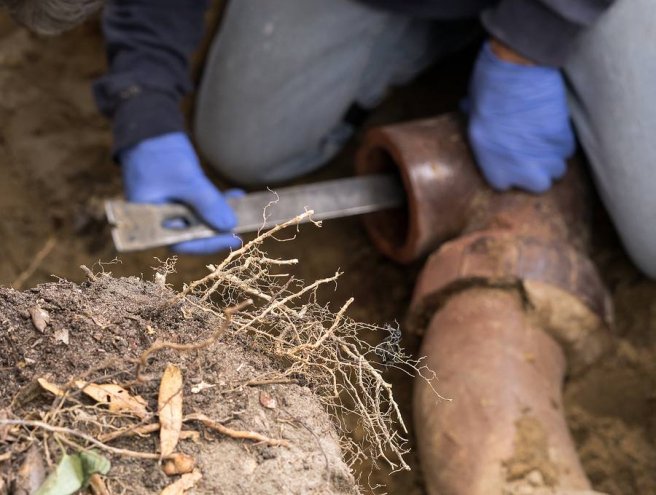
How Tree Roots Damaging Your Pipes Trees are attractive elements in your garden that provide shade and enhance the beauty of your space. However, the giant trees can cause problems to your property’s foundation and plumbing system. These roots are…
Read More
Tree Removals for Pool Construction Installing a pool in your backyard is an exciting project, especially when you have countless hours of relaxation, fun, and exercise to look forward to. However, the journey from planning to the first swim often…
Read More
How to Prune Fruit Trees Trees are an excellent addition to any landscape. We get a lot of benefits from trees, especially fruit trees. Every homeowner with an orchard wants to enjoy the fruits from their trees, but first, it…
Read More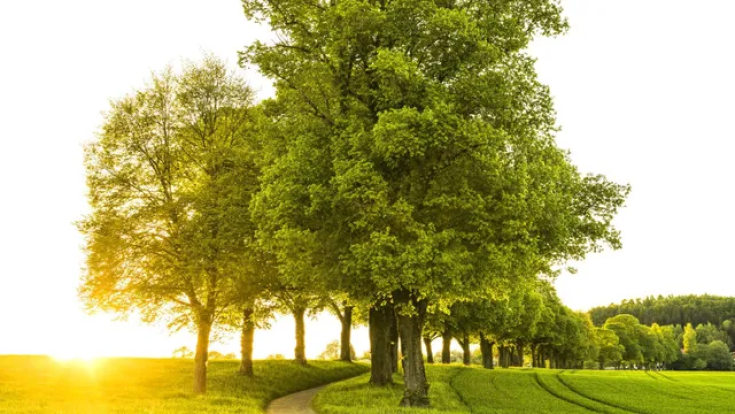
Essential Tree Care Tips for Every Season Trees require regular care and maintenance to thrive. However, different seasons call for specific care to prevent irreversible damage and premature tree removal emergencies. With that in mind, hiring a professional tree care…
Read More
Are There Dangers in Cutting Tree Roots? Trees are more than towering entities in our landscapes; they are essential to our ecosystem, providing shade, oxygen, and aesthetic beauty. However, the decision to cut tree roots, whether driven by the need…
Read More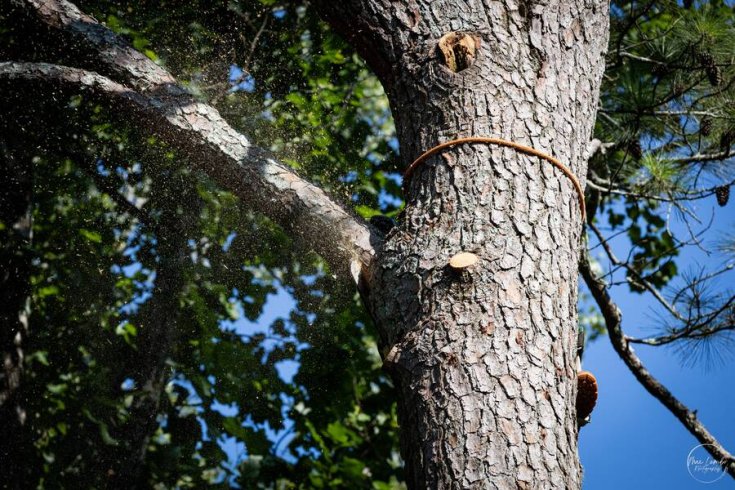
5 Essential Tips for Emergency Tree Removal Trees provide shade, beauty, and a habitat for wildlife. They also convert the carbon dioxide we breath out into fresh oxygen. However, there are times when their removal becomes unavoidable. Whether it's due…
Read More